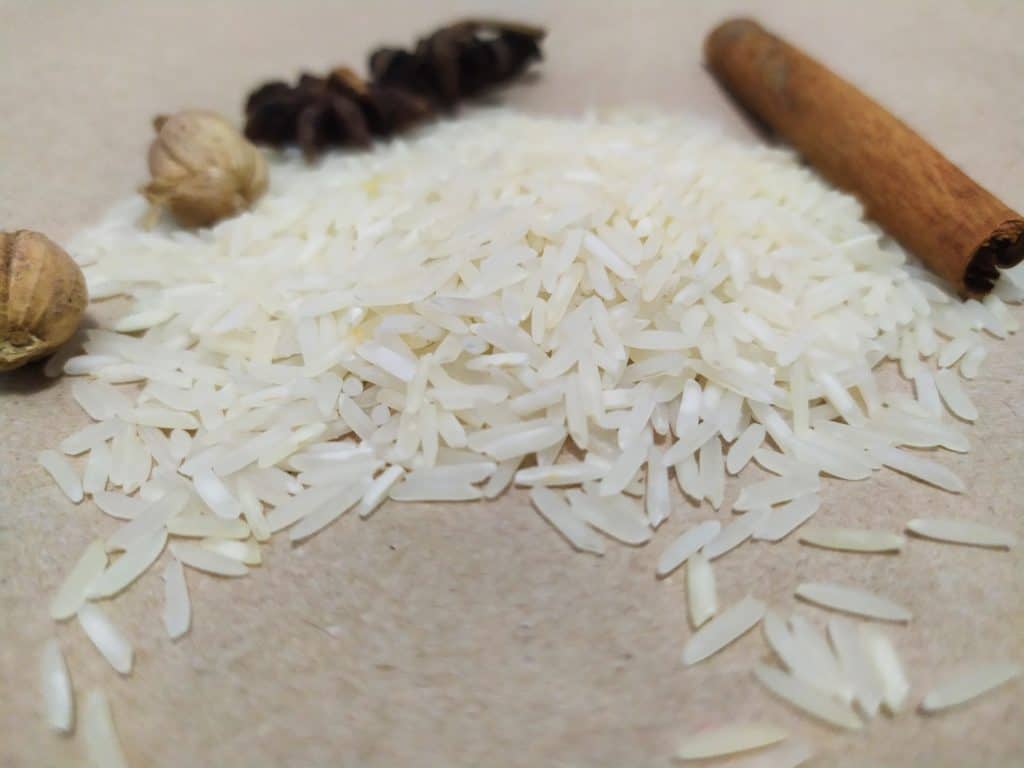Farmers in Punjab gear up for basmati cultivation as Kharif crop sowing reaches the last phase. More than 20% increase in basmati cultivation across Punjab.
Increase in Area Under Basmati Cultivation
Farmers across Punjab, especially in Tarn Taran, Gurdaspur and Amritsar, have increased more than 20% area under Basmati cultivation. Farmers planted the aromatic rice on 14 lakh acre as against 13 lakh acre last year. While last year they fetched Rs 2,500 and 2,800 per quintal, they expect around Rs 4,000 and Rs 5,000 per quintal this year owing to increased demand for export. Agriculture officials and exporters have encouraged farmers to grow Basmati as the variety requires less water than the others.

High Export Orders
Ashok Sethi, president of Punjab Rice Exporters’ Association, said that they have free orders from West Asia, Arabian countries, Europe, Canada, and the US. He further added that the association has asked to grow 1718, 1509, and 1121 varieties due to their substantial national and international demand. He mentioned of buoyancy in the market despite Iran not importing due to sanctions. The officials said that they have managed to reduce the cost of cultivating rice by reducing the use of pesticides.
Kahan Singh Pannu, Punjab agriculture secretary, said that around 30 lakh tonne of output is expected with the yield at 18 quintals per acre. NR Gupta, president, All India Rice Exporters’ Association said that a favourable monsoon would also increase the area under basmati cultivation. Hence, they expect a 25% increase in acreage both from Haryana and Punjab. Pannu expects basmati cultivation to increase to 7 lakh hectares from previous years 6.50 lakh hectares.
Rise in Price
Farmers are turning towards the Basmati due to the high price offered. As rates of Basmati have ruled firm between ₹3,200 and ₹3,300 a quintal, farmers expect to fetch better returns on improved demand. Ashok Sethi, Director, Punjab Rice Exporters Association said that the order from Arab nations to maintain a buffer stock of rice would provide remunerative prices to farmers.
Diversification Setback
As farmers increase basmati acreage, the achievement of Punjab government’s target of diverting 3.25 lakh hectares from paddy to alternative crops seems distant. The agriculture department had aimed to bring 3 lakh hectares (LH) under maize as against 1.59 LH last year. Besides, it targeted to grow cotton on 5.15 LH as against 3.92 LH previous year. Also, it aimed to bring down the area under paddy cultivation from 29.20 LH to 27 LH. This included 20 LH for Parmal, and 7 LH was for Basmati. However, the government has not been able to achieve the target. Only paddy cultivation seems to meet the goal as 26.50 lakh acre (20.5 under paddy and six under Basmati) has been covered. Though farmers are ready to diversify crops, unstable prices and lack of government support forces them to grow paddy.
In all, basmati and cotton rely on private traders’ mercy. The absence of MSP by the government transfers huge chunk profits to private players, leaving much less for the farmers.